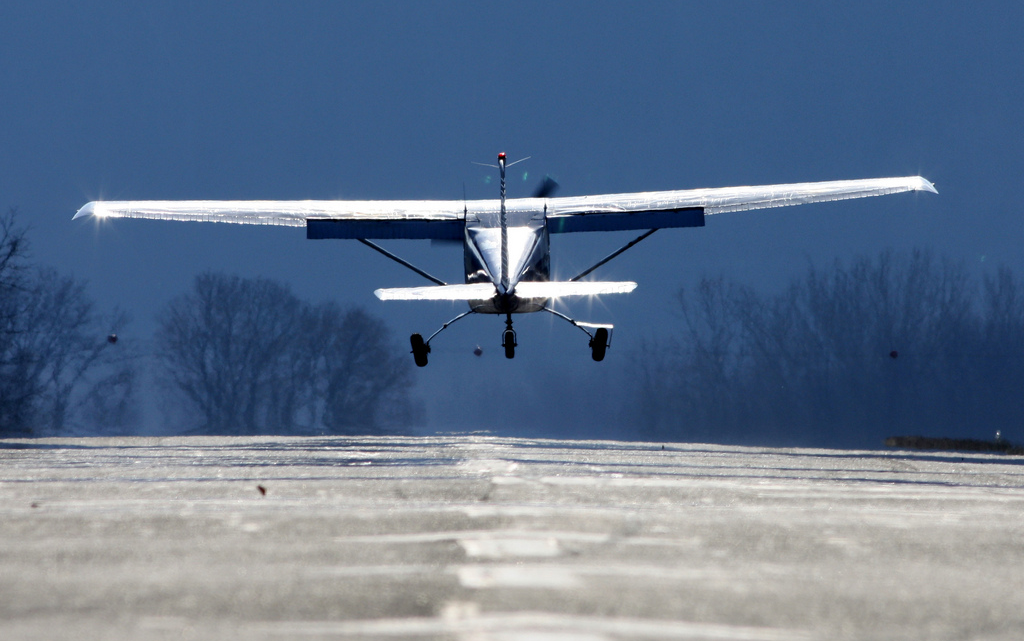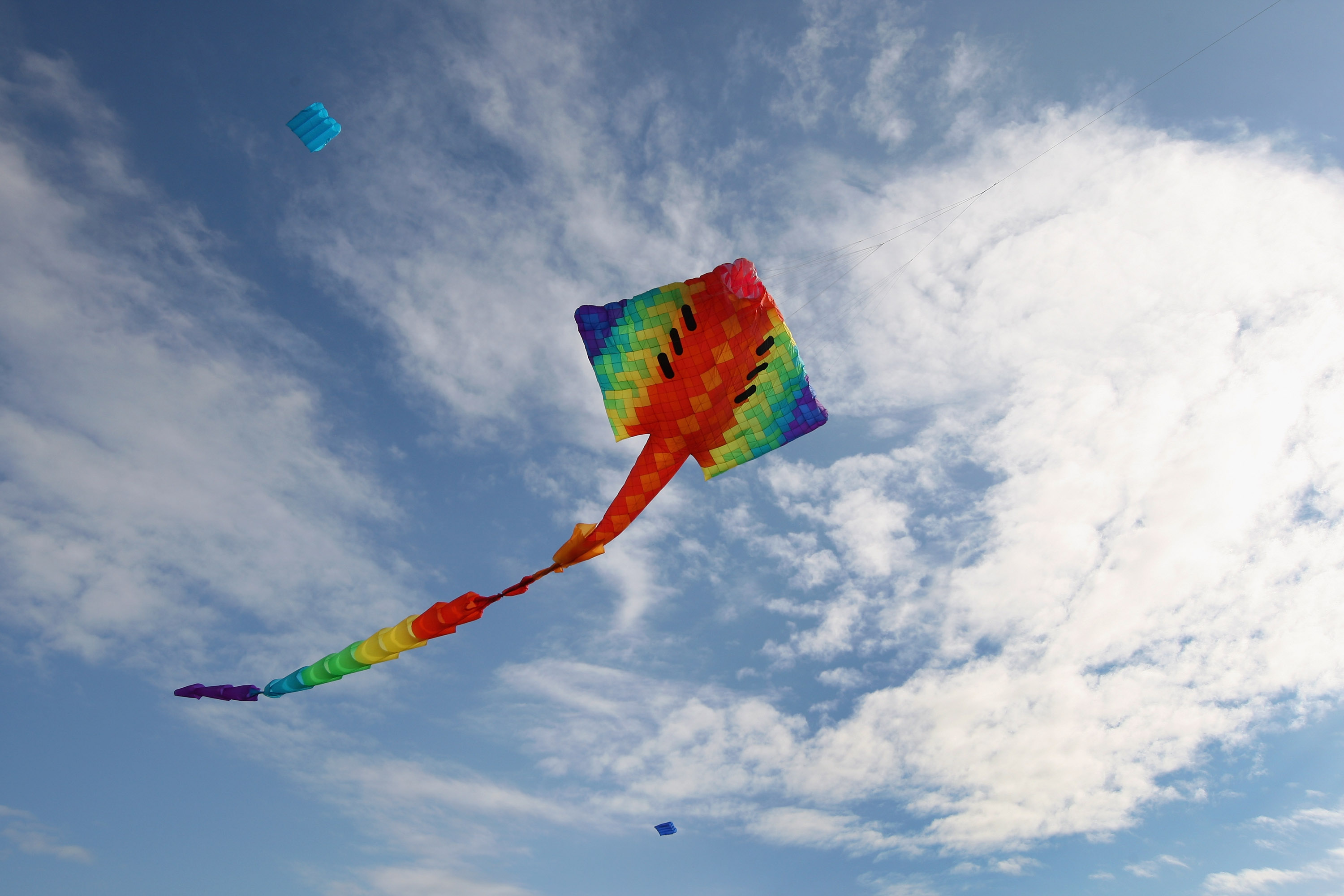
Shownotes
Wisdom-Trek / Creating a Legacy
Welcome to Day 18 of our Wisdom-Trek and thank you for joining me.
This is Guthrie Chamberlain, Your Guide to Wisdom.
Today we look at Facing Adversity.
We are recording our podcast from our studio at Home2’in Charlotte, North Carolina, and as I work in our home office today, I certainly count it a blessing that our training, experience, and current technology allows Paula and me to work from literally anywhere we have an internet connection. This gives us the freedom to work and travel together nearly every day. Take time today to think of a blessing in your life, that you might otherwise take for granted.
As we continue on our Trek today, we spot a small airplane flying above us, so I want to continue our theme of flying and ask the question, why do planes take off and land heading into the wind?
When I first started flying lessons many years ago, the concept of taking off into the wind seemed counterintuitive. Wouldn’t a pilot have an easier time if the wind were coming from behind the aircraft giving it a push, so to speak, instead of rushing into a strong wind?
The key to taking off into the wind is the concept of lift. The more wind that passes over the wing of the plane will allow the plane to lift off the ground sooner. In short, pilots like to take off into a headwind because it helps them achieve “wheels up” faster. A jetliner like a Boeing 747, needs at least 150 mph of airspeed to become airborne, without wind, the plane has to accelerate to a groundspeed of 180 mph to lift off, but when you have a 30 mph headwind, the plane only has to accelerate to 150 mph, thanks to the extra boost it gets from the headwind.
Even a small plane, like the Cessna 172 that I flew, would benefit from the oncoming wind. The small planes can fly at extremely slow speeds, so a little headwind while taking off certainly allows the plane to achieve lift sooner.

Landing into the wind is also very crucial in aiding the airplane to slow its decent while maintaining adequate lift to keep it afloat until touch down. If you can slow your speed while descending at the proper rate it will provide a shorter roll out once you are on the runway.
As an aviation saying goes,
As with life, the wind won’t always blow exactly in the direction that is needed for taking off or landing, which is why most airports with more than one runway will have a runway that crosses the other, so there are alternative options. Even with that, good pilot training consists of taking off and landing in crosswinds also. Just like the Boy Scout motto reminds, one must “Always be prepared.”
Once you are airborne and at the right altitude, it is best if you can have the wind at your tail pushing you forward much faster than your calculated ground speed. All of these factors have to be calculated ahead of time. There is nothing worse than running short on fuel before you reach your intended destination.
There are many other factors that also need to be considered when flying, such as air-pressure and how it changes with temperatures. We do not have the time to get into the physics around the entire concept of flying, but as a pilot, it is good to have a working knowledge of this information.
Now that we understand, at least a little why it is best to take off and land into the winds, let us consider how that correlates to our trek of life. Most of us would like to “go with the flow,” to have the wind at our backs, and to have some external force drive us on to a life of ease and success. Well, sorry to break the news to you, but that is not how life is for most of us on most days.
This does not mean that we can’t have a joyful and abundant life because it is how we interpret and handle the headwinds of life that makes the difference. Sometimes the wind in our lives is a result of the storms that we have created by the choices that we have made. Other times we have no control over the wind that is buffeting against us.
Regardless of that, from this point forward, we can take personal responsibility for how we handle or react to the heavy wind. We may not be able to change the circumstances any more than we can change the direction of the wind, but we can change ourselves or at least our attitudes. That is something that we have charge of.
As Winston Churchill put it,
As we look at the trees along the trail, the most resilient trees are those that have grown where the winds are strongest. As they grow, the very fiber of their being is strengthened to withstand the forces of the wind.
Heavy winds in our lives should not be rejected but welcomed. Just as those winds allow an airplane to take off to new heights, so the headwinds of life will allow us to rise above and strengthen the very fiber of who we are.
We should be full of joy because those winds will allow us to grow, gain endurance, and wisdom. This will allow us to be complete within ourselves, lacking nothing. This brings to mind a paragraph from the letter written to Jewish believers by James, the half-brother of Christ. The Jews had been scattered due to persecution, and James encouraged them with these words,
“Dear brothers and sisters, when troubles of any kind come your way, consider it an opportunity for great joy. For you know that when your faith is tested, your endurance has a chance to grow. So let it grow, for when your endurance is fully developed, you will be perfect and complete, needing nothing.
If you need wisdom, ask our generous God, and he will give it to you. He will not rebuke you for asking. But when you ask him, be sure that your faith is in God alone. Do not waver, for a person with divided loyalty is as unsettled as a wave of the sea that is blown and tossed by the wind.”
Well, there is not much more that I can say about this passage. It is to the point. Now, if I could only learn to put it into practice fully in my own life in every situation. That is my goal.
So as we wrap up our Trek for today, I will end with a quote from Henry Ford,
That will finish our podcast for today. Tomorrow we will look at a final flying analogy of what happens when we are 1° off course. It is amazing how it can impact a flight and our lives.
Please check into our “camp” tomorrow for another day on our Wisdom-Trek, Creating a Legacy.
I encourage you to leave a discussion topic, comment, suggestion, or question about this podcast in the comment form on Wisdom-Trek.com/day18, or email me at guthrie@venturecg.com. If you would like us to discuss any topics or answer any questions during our podcast, please let us know. We would love to have interaction from members of our Wisdom-Trek team.
Please subscribe on iTunes or the player of your choice so Wisdom-Trek is downloaded each day automatically. We also have a Subscribe to Podcast page.
Please leave us a rating on iTunes or Stitcher. It means so much to us. Also, spread the word to everyone you know to join us on our Wisdom-Trek. Thank You!
Check out Wisdom-Trek.com for the daily journal, wisdom nuggets, and free resources.
As we take this Trek together let us always:
- Live Abundantly (Fully)
- Love Unconditionally
- Listen Intentionally
- Learn Continuously
- Lend Generously
- Lead with Integrity
- Leave a Living Legacy Each Day
This is Guthrie Chamberlain reminding you to Keep Moving Forward, Enjoy the Journey, and Create a Great Day! See you tomorrow!
